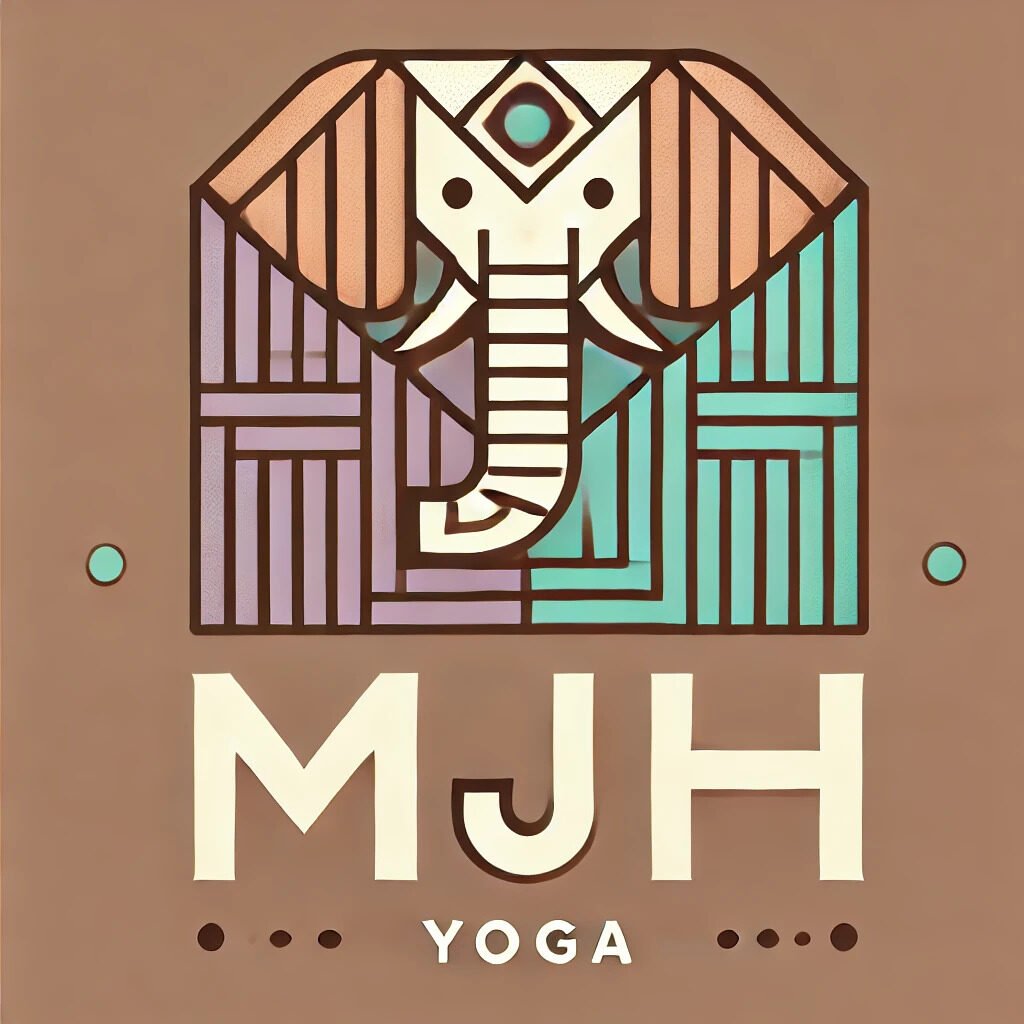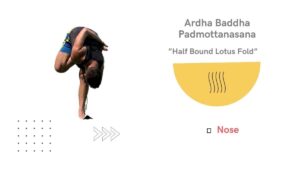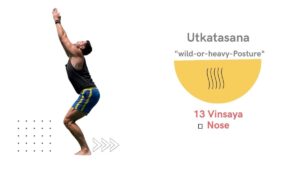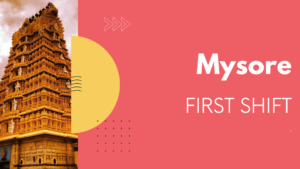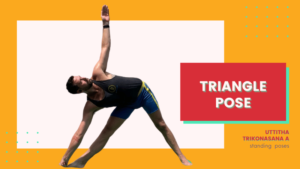**Excerpt: Understanding Utkatasana: A Closer Look at the Benefits and Techniques**
Step into the transformative world of Utkatasana, or Chair Pose, where strength meets serenity. This foundational asana, often hailed as the “throne pose,” invites practitioners to engage deeply with their bodies while cultivating mental clarity. As you simulate the act of sitting in an imaginary chair, you’ll discover a multitude of benefits—from building powerful legs and core stability to enhancing flexibility and posture.
In this blog post, we dive deeper into the nuances of Utkatasana, exploring essential techniques that can elevate your practice. Learn how to properly align your body for maximum benefit, harness your inner focus, and stimulate your energetic flow. Whether you’re a seasoned practitioner or just beginning your yoga journey, mastering Utkatasana offers a unique opportunity to strengthen both body and mind. Embrace the challenge and unlock a new level of empowerment on your mat!
